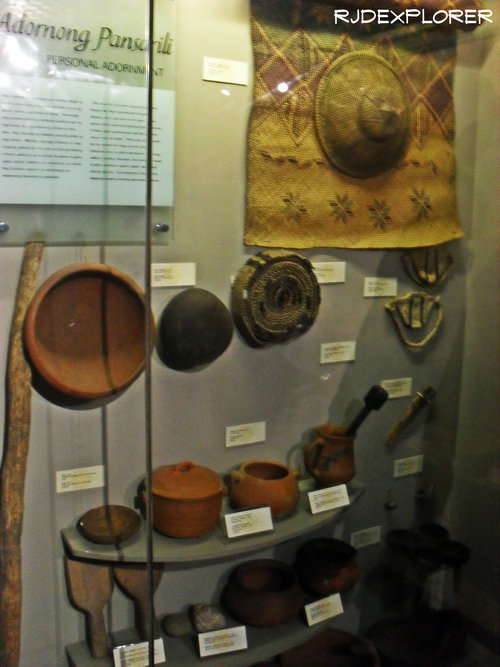The History of the Filipino People traces the deep origins of the Philippine Islands and the nation itself. The National Museum presents a gallery that highlights the four periods of Philippine pre-history: Paleolithic, Neolithic, Metal Age, and Ceramic Age. These periods show how early Filipinos adapted and advanced through time.

Formation of the Philippine Archipelago
The Philippine archipelago formed about 70 million years ago through volcanic and tectonic activities. These geological changes shaped islands that later became home to early humans and animals. Fossils discovered in Palawan and Cagayan Valley reveal species such as elephants, stegodons, rhinoceros, and giant turtles. Their presence showed that migration occurred across ancient land bridges that once connected the islands to the Asian mainland.


The Paleolithic Age
During the Paleolithic Age, early inhabitants used simple stone tools for survival. Archaeological findings include crude flakes and chopping tools. These tools reflected how early humans relied on hunting and gathering. They lived in caves and open settlements, moving frequently in search of food and water. Evidence of early life in the Philippines connects the islands to broader Southeast Asian prehistory.


The Neolithic Age
In the Neolithic Age, more advanced tools began to appear. People started making polished stone adzes, blades, and shell tools. Pottery with red slips also emerged, showing new skills in shaping and decorating vessels. These changes suggested that communities began to settle in villages. Farming and fishing supported their lives, reducing dependence on constant movement. Pottery served both functional and ritual purposes, offering insights into social life.



The Metal Age
The Metal Age introduced gold, copper, and bronze to the Philippines. These metals appeared in ornaments, beads, adzes, and spearheads. The use of metals brought stronger and sharper tools, improving farming, hunting, and even warfare. Archaeologists call this period the Golden Age of Pottery because of the fine craftsmanship seen in ceramic production. The blending of metals and pottery reflected the growing complexity of early societies.

The Ceramic Age
Around 1000 A.D., a new cultural shift occurred. Archaeological sites revealed high-fired ceramics, often imported through trade with neighboring regions. These ceramics were stronger and more durable than earlier pottery. They marked increased interaction between the Philippines and other Asian cultures. This period demonstrated how early Filipinos participated in global trade networks. Exchange of goods also brought new ideas, technologies, and traditions.


Significance of Pre-History in Understanding Identity
Studying the History of the Filipino People helps reveal the foundations of Filipino identity. Each stage of pre-history illustrates adaptation, creativity, and resilience. The transition from crude stone tools to polished pottery and metals shows continuous innovation. The introduction of ceramics and trade links highlights how Filipinos connected with the wider world long before colonial times.

Role of the National Museum
The National Museum of the Philippines safeguards these artifacts and shares them with the public. Visitors can see stone tools, pottery, and ornaments in exhibits dedicated to Philippine pre-history. These collections allow people to visualize the daily lives of early inhabitants. They also highlight the importance of preserving artifacts for future generations.

Continuing Research in Archaeology
Archaeologists continue to explore caves, river valleys, and ancient settlements. Every discovery adds another layer to the History of the Filipino People. Fossils, tools, and ceramics continue to reveal how early Filipinos lived, worked, and interacted. Research also connects the Philippines to global pre-history, proving that the islands played an important role in regional development.











